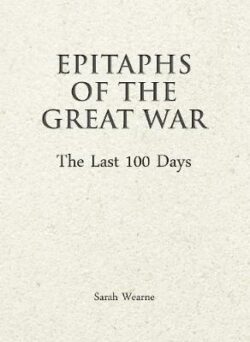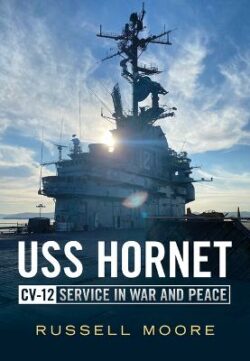RAF Bomber Command
$140.00
Out of stock
Alert me when product is restocked
Description
The concept of strategic assault of a Nation’s industrial and military base by air was heralded by Britain as far back as the immediate period before the start of WWI. However, stringent post-War economy ensured that the creation of Bomber Command in 1936 witnessed a daunting disparity between the aim of striking at an adversary’s ability to sustain itself on the Field of Battle and the means to do so.
The initial three years of WWII left the Command very weak in both human and material terms. The navigational means with which to accurately guide the bombers to targets was almost completely lacking during this period, while the enemy defensive network inflicted serious casualty rates. The punishment handed out was accordingly minimal in effect.
The resurgence of the Command’s fortunes coincided with the appointment of Sir Arthur Harris as C-in-C. The advent of the more efficient Lancaster and Halifax designs ensured a greatly increased bomb tonnage could be delivered. Electronic aids such as ‘Gee’, ‘Oboe’ and ‘H2’S’ ensured the task of locating targets was simplified. So it was that by 1944/45 the Third Reich’s industrial base was virtually rendered impotent.
Additional information
| Weight | 1525 g |
|---|---|
| Dimensions | 172 × 248 mm |
| Author | Ron Mackay |
| Author Bio | Ron Mackay's involvement with military aviation began during WWII. The local Coastal Command airfield at his birthplace of Wick in Scotland provided a wealth of RAF and USAAF designs with which to stimulate his interest that was subsequently sustained by National Service in the RAF. A working knowledge of German has expanded his field of study into the Luftwaffe. To date, he has published 28 books covering the aforementioned Allied and Axis Air Forces that include several co-authored examples. Further books are currently under process of completion. |
| ISBN | 9781781558362 |
| Number of Pages | 556 |




